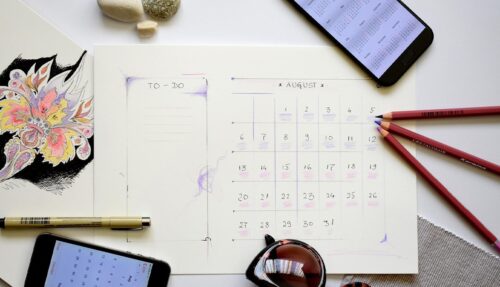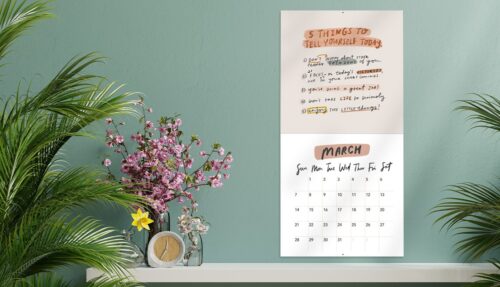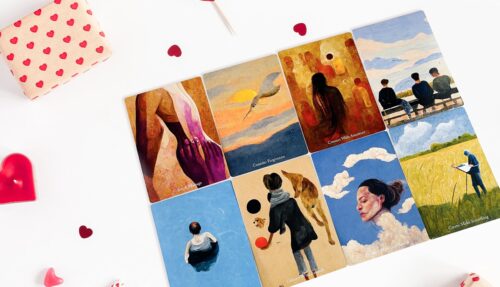We walk you through the fundamental factors you'll need to consider to make high-quality art prints to sell

Art prints are a fantastic way for artists just like you to share their creativity and reach a wider audience while promoting their work and boosting their bottom line. Whether you’re an established artist or just starting out, learning how to make high-quality art prints can help you showcase your work and even generate income. In this post, drawing on over 25 years of success in the offset and fine art printing industry, we’ll explore creating art prints, from choosing the right printing method to preparing your digital files for printing. So let’s dive in and discover how you can turn your artwork into stunning prints!
Why make art prints?
Art prints offer a cost-effective way for you to share your artwork with a wider audience. By reproducing your artwork, you can reach people who may not have the means to purchase an original piece. Also, art prints can serve as a stepping stone for new and emerging artists looking to establish themselves in the art market. But what exactly are art prints?
So, what are art prints?
Before diving into the process of creating art prints, it’s important to understand what they are and how they differ from original artworks. Art prints are copies of an original piece of artwork—usually generated through high-level digital photography—and then produced and printed at scale. They provide a more affordable option for art enthusiasts to own a piece of your creativity while acting as ambassadors for your work wherever they are displayed. While original artworks hold higher monetary value and are often purchased by collectors and galleries, art prints focus on making the artwork accessible to as wide a public as possible.

The advantages of selling art prints
There are several reasons, as a professional or aspiring artist, you may choose to sell art prints alongside your original artworks. Foremost, you can sell them, which means more money in the bank with little added outlay. To maximize your outreach and profits, it’s a good idea to print a range of reproductions from super hi-fidelity poster-sized prints to smaller scale reproductions and even postcards or greeting cards. They can also be useful for building a portable portfolio of your work, specific collections, or exhibition catalogs. But the main advantages of printing and selling art reproductions are that for a relatively small outlay, you can make your artwork work harder for you in generating profits, enhancing outreach, promoting your work, and building a record of your portfolio.
What's the best printing method for art prints?
Selecting the right printing method is essential in achieving high-quality art prints. Offset printing, digital printing, and giclee printing are the most common methods used. Offset printing is a traditional technique that produces consistent and vibrant prints. It is ideal for large print runs and offers excellent color accuracy. Digital printing is suitable for smaller print quantities and offers quick turnaround times, but the color fidelity will be comparatively poor and the clarity of reproduction less acute. Giclee printing, also used for fine art reproductions, uses high-quality inkjet printers and archival inks to create prints. It’s a good option in many situations, but not always the most efficient or cost-effective.
Fine art prints are best produced using high-resolution digital photography and then printed using offset lithographic printing techniques combined with the Pantone color system to get the most faithful reproduction and the most durable results possible. Offset art prints are known for their vibrant colors and fine details, making them a popular choice for artists looking to recreate their artworks with accuracy.
How to prepare your digital artwork for printing
To create high-quality art prints, it’s essential to prepare your digital artwork files properly. Start by ensuring you have the right design software. We recommend industry-standard software such as Adobe Illustrator, Photoshop, and InDesign for professional results. These programs provide the tools and features to create print-ready files from imported digital photography. Also, understanding color spaces, such as RGB and CMYK, is crucial for accurate color reproduction in the software. Convert your files to CMYK or the Pantone system and set them to a resolution of at least 300 dpi for optimal print quality.
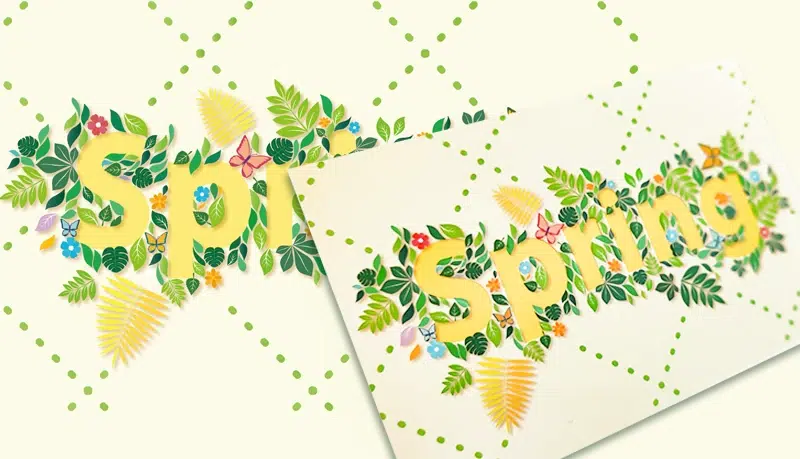
Color management tips for art prints
Let’s just dive a little deeper into the question of color spaces. Color management plays a significant role in achieving accurate and vibrant colors in your art prints. While what you see on your computer screen may not always match the final print, proper color management can minimize discrepancies. Understanding color spaces, such as RGB and CMYK, is essential. RGB is used for screen viewing, while CMYK is the color space used in most high-quality print. By working in the CMYK color space, you can make sure that the colors in your digital files translate accurately to the final printed output. But it’s also worth getting familiar with the Pantone system as it offers an almost infinite range of customizable, matchable colors and tones. For most art prints, CMYK is plenty good enough, but if you have a piece with particularly complex or unusual colors, consider Pantone.
Pantone colors are widely used in the printing industry to give perfect color accuracy and consistency. If your artwork requires specific Pantone colors, it’s important to use the correct color references when designing your prints. Make sure that the Pantone numbers in your design software match the intended colors. If you opt for Pantone and you’re new to it; we suggest you contact our pre-press department and our in-house experts will be happy to help you and check your files before you print.
Image resolution and quality
Image resolution and quality directly impact the sharpness and clarity of your art prints. For optimal results, make sure that your images have a resolution of at least 300 dpi (dots per inch). This resolution is necessary to maintain the detail and sharpness of your artwork when printed, especially if it’s being resized. Think about this from the start. So, use high-resolution photos as your starting point to avoid pixelation or blurriness. When enlarging images, consider proportional resolution adjustments to maintain print quality.
File formats for printing
Choosing the right file format is necessary for preserving image quality and compatibility with printing processes. Common file formats for art prints include EPS, JPEG, and TIFF. Each format has its advantages and considerations. EPS files are commonly used for vector graphics and can maintain image quality when resized. JPEG files are compressed and result in smaller file sizes, but may sacrifice some image detail. TIFF files offer lossless compression and are ideal for high-quality prints. Select the appropriate file format based on your specific needs and printing requirements.
Setting up rich black ink
Creating rich black ink in your artwork is essential for achieving deep, solid blacks in your prints. However, using an incorrect setup can cause undesirable outcomes, such as muddy or inconsistent blacks. To achieve rich black, make sure that your black ink comprises a combination of CMYK values. Typically, we recommend a mix of 30% Cyan, 30% Magenta, 0% Yellow, and 100% Black. Adjusting the ink percentages can help you achieve the desired richness and consistency in your black areas.
Printing and finishing options
Once your artwork files are prepared and ready for printing, explore different printing and finishing options. Consider factors such as paper stock, weights, coatings, and finishes that best complement your artwork. Matte or gloss finishes, for example, can enhance the visual impact of your prints, while options such as varnishing, embossing, or foiling can add unique touches to your art prints. Discuss these options with us first to guarantee that your prints meet your desired aesthetic and quality standards.
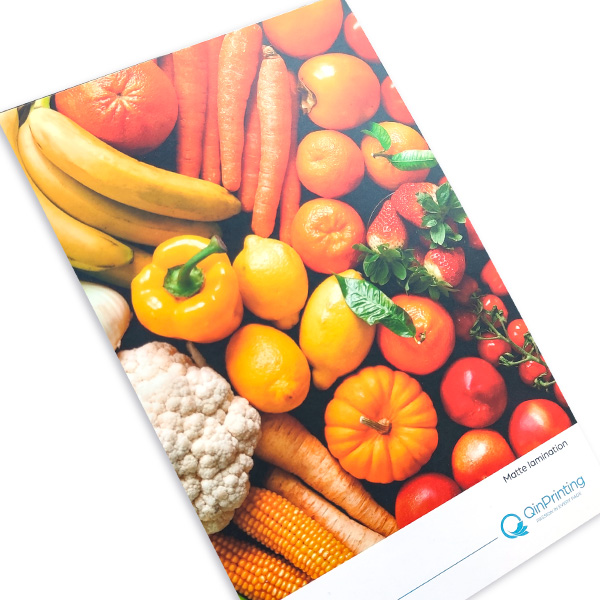
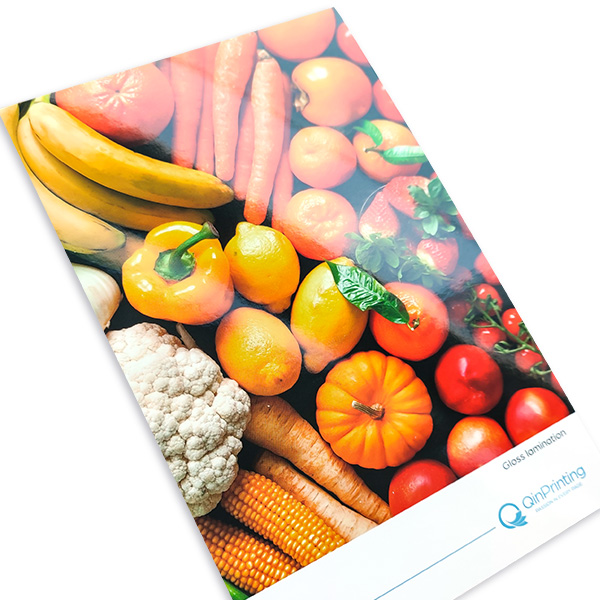
How to market and sell your art prints
Creating high-quality art prints is only the first step. To market and sell your prints, you need to develop a comprehensive strategy. Establish an online presence through your website, social media platforms, and online marketplaces. Showcase your prints through visually appealing product photography and engaging descriptions. Consider offering limited editions or signed prints to create exclusivity and value. Collaborate with galleries, art events, or local businesses to expand your reach. Implement effective marketing techniques such as email campaigns, influencer collaborations, and targeted advertising to promote your prints to the right audience. There’s a lot involved in marketing and selling art prints which is beyond this post; but unless you are insanely lucky or already famous, your prints won’t sell themselves. However, with a willingness to learn and iterate, you should soon establish the promotional strategies and markets that will lead to profitable sales in the long run.
High-quality art prints
Creating high-quality art prints requires careful attention to detail and a thorough understanding of the printing process. By choosing the right printing method, preparing your digital artwork correctly, and ensuring color accuracy, resolution, and file formats, you can transform your artwork into stunning prints. Remember to explore different printing and finishing options to enhance the visual appeal of your prints. With a well-executed marketing and selling strategy, you can successfully share your creativity with a wider audience and generate income from your art prints.
Let's talk!
Designing and printing your own high-quality art prints—either to sell at exhibitions, through online marketplaces, auctions, or via your artist website or e-commerce platform—is always as challenging as it is satisfying to complete. But at QinPrinting, we pride ourselves on our customer service and helpfulness as much as our deep knowledge of every aspect of printing technology. Get in touch today to discuss your individual needs or to request a no-obligation quote. We can’t wait to help you make your art prints the most beautiful yet!






